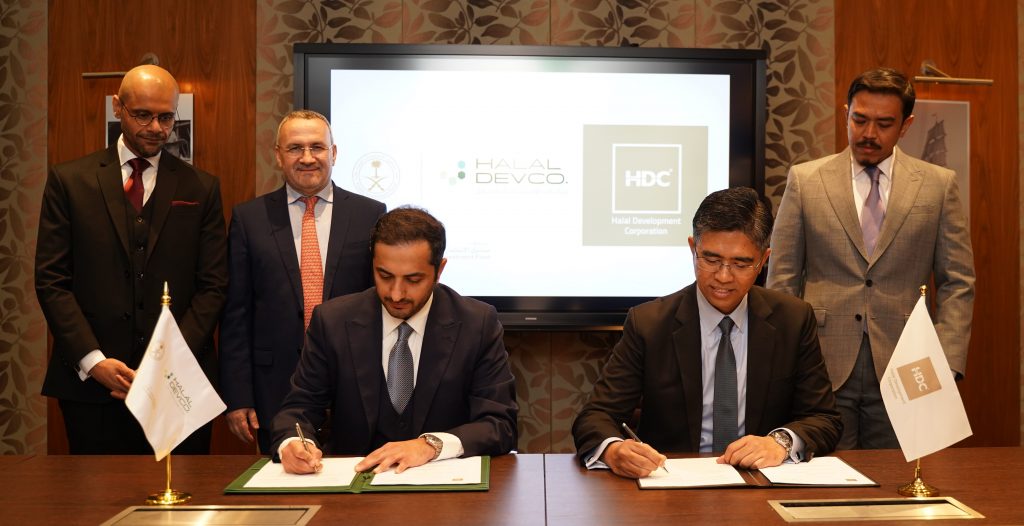One of the first things that Professor Jonathan A.J. Wilson PhD, who is a partner at Dragonfly Black, let’s you know in his Halal Branding book is that Halal is not a brand. So let’s just start there to get this right from the get go. He describes it as ‘a descriptor and therefore can be termed an Ingredient Brand’ just like Fair Trade, Sugar Free and Organic for example. So with these examples we could consider Halal to be termed ‘suitable for Muslims’.
There is yet to be a global Halal food brand as such, but Muslim cultures who eat Halal have introduced the food of their country in many restaurants, that may or may not include being Halal, which are enjoyed by all, such as Turkish, Moroccan, Lebanese, the list goes on, with the crowning one being Indian. The Indian curry has conquered the whole world, and it may not always be Halal, but a large proportion of the people who eat it will also be looking for Halal. So including ‘Halal’ on the menu will increase their patronage, making it worthwhile.
However, this is just a small sector of what has been turned into a new multi faceted Muslim consumer market that Professor Wilson is introducing to you in his book.
When speaking with Professor Wilson he said:
“What I drive home in my book, ‘Halal Branding’ is that Halal has moved beyond Meat and Money, and successful marketing necessitates strong branding. For Halal Branding to work, it has to be understood as an alternative branding approach, in theory and practice.
“I think a lot of the time what we see is ethnic localised marketing, some cosmetic religious messaging, or simply a halal certification logo signalling that products and facilities are free from pork and alcohol – which is ingredient branding, rather than full-blown branding. The assumptions being that if you do this, then Muslims will consume it and they prefer ethnic or alternative commodities, which may not in fact be the case.”
The next generation of Muslims have arrived into the consumer market, and they are “dynamic, nuanced, culturally influenced and unpredicatable.” They consider themselves part of the western culture they have been raised in and want to fit in with the fashion, ethical goals, and the lifestyle of their friends and co-workers. They are looking for higher end products, and luxury brands, that don’t normally cater to the Muslim market.
“Halal Branding is not just sticking a label on the back of the packet, or more conservative bland messaging, which tends to happen. Muslims don’t want to feel alienation – but at the same time they want to challenge narratives and signal that they are educated, prosperous, attractive, and economically independent.”
With this in mind Professor Wilson went on to say:
“Therefore, Halal Branding needs to be more about making the permissible (Halal) unmissable, fun and desirable, to  wide sections of the community like all the great global brands do – and that’s what drives engagement, preference, value, satisfaction, and loyalty. So really my book is a collection of my thoughts and findings since I started researching Halal over a decade ago, and more importantly how I think things could be done better for commercial and societal gains, to help Halal go mainstream, which has to be its ultimate aim.”
wide sections of the community like all the great global brands do – and that’s what drives engagement, preference, value, satisfaction, and loyalty. So really my book is a collection of my thoughts and findings since I started researching Halal over a decade ago, and more importantly how I think things could be done better for commercial and societal gains, to help Halal go mainstream, which has to be its ultimate aim.”
When deciding on the cover design he said that he wanted to make the book cover aqua and hot pink because he wanted to signal that it’s time to shake things up with fresh thinking and to celebrate a more feminine side, that he feels needs championing.
But this is just the beginning introduction to his extraordinary book which covers all aspects of the culture of branding in a way that you have never heard it said before. A must for those who are part of, or wanting to reach out to, a quarter of the world’s population today.



